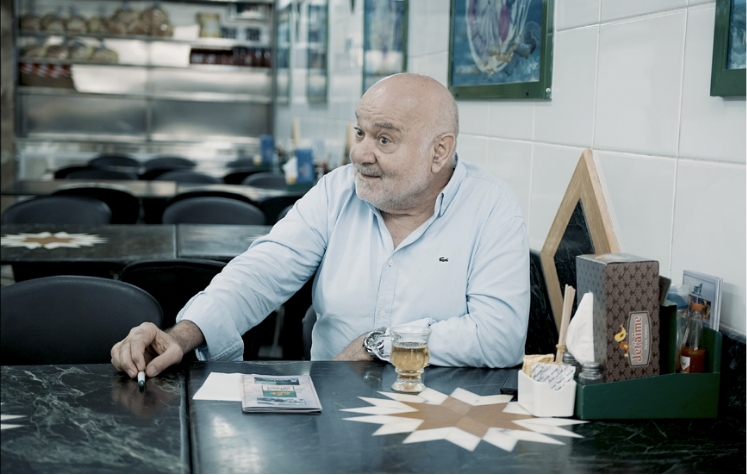You Will Defs Like these too
Life Video of The Day

Rund's Halloween Makeup TutorialOct.27.2020
New at The Modern East
Sign Up To Our Newsletter
[ninja_forms_display_form id=20]

Sustainability has never been this important. We spend hours reading about the latest sustainability initiatives. We give our Linkedin-likes to companies who show efforts and watch hours of Greta Thunberg’s engaged and passionate speeches to try and educate the masses to the global environmental crisis.
This being said, I often find that we receive a lot of different messages. Use less water, less plastic, buy reusable bags, promote reusable packaging, get on the upcycle trend. We know plastic is bad, we get tips here and there on how to reduce our carbon footprint. We know that recycling is good. But what exactly can we replace plastic with, what can we do to recycle more. Somehow it all comes down to the material we use on a daily basis. In order to really get to the bottom of this, I believe we could use a list. Therefore, here it is: a list of the most environmental-friendly materials out there you should be looking for when trying to consume better.
Bamboo is so versatile it is nearly unbelievable. Why is Bamboo at the top of this list? First of all, Bamboo grows fast, without the need of any fertilizers and is a self-regenerating plant – which means that you don’t need to replant. Secondly, Bamboo can turn into many different types of material. You can create Bamboo fabric, bamboo linen, bamboo silk and I am sure you have also seen the trendy bamboo coffee mugs all cool people carry with them these days.

Straw has been around forever and is well known for its many uses. Feeding animals, basketry (they are so trendy as well at the moment), bedding, biofuels, construction, packaging, rope and a few more. Why is straw sustainable? Straw’s environmental footprint is close to 0 and is carbon neutral if burned and replaced.

Photo Credits // thefeedshed
Another natural and renewable material. The fantastic thing about Cork is that the whole tree doesn’t need to be cut for the material to be harvested. Indeed, it is only harvested from the bark of the oak tree. In addition, cork has the advantage of looking great, being waterproof, light-weight, fire-resistant and when it is harvested, the tree absorbs 5 times the CO2 it already absorbs on a regular basis. Last but not least, cork trees can live up to 250 years which means that with one tree, you can ensure the production of cork for just as long.

Photo Credits // bhfunlimited
Wood is not necessarily the first sustainable material that comes to mind. However, we now have options to continue to use wood for construction, furniture, design in a more sustainable manner. It is now all about reclaimed wood. Essentially reclaimed wood is wood that was already used for another purpose, often years and years ago and that is being reused today. Suppressed wood is about how to use branches and wood which has been abandoned when bigger harvesting projects were taking place.

